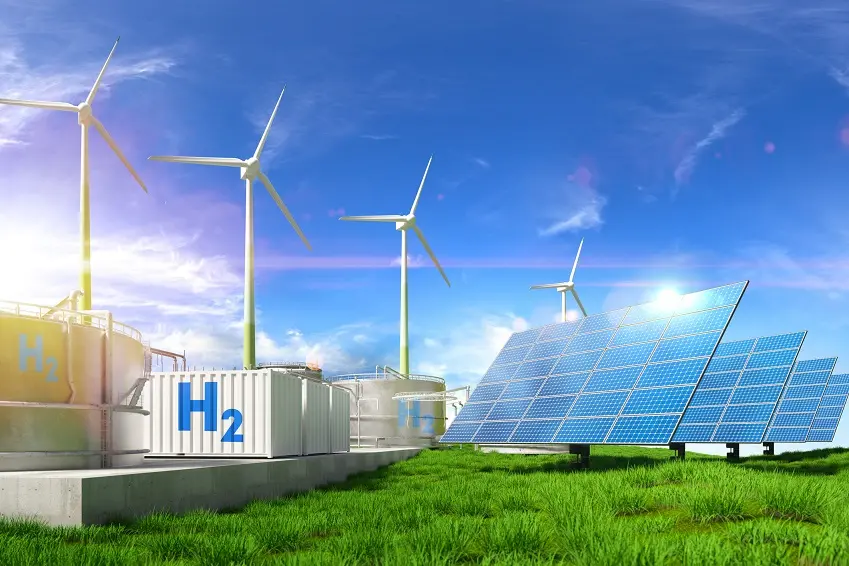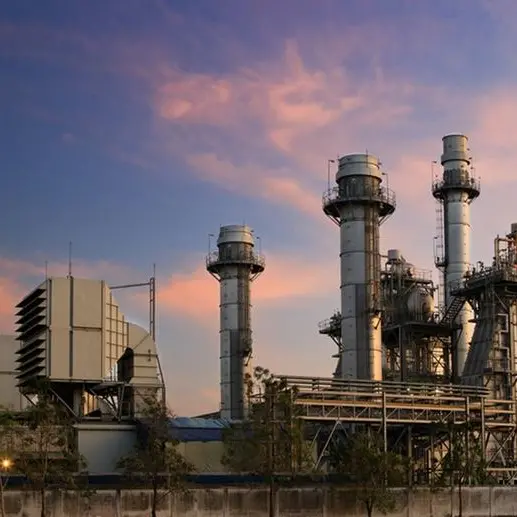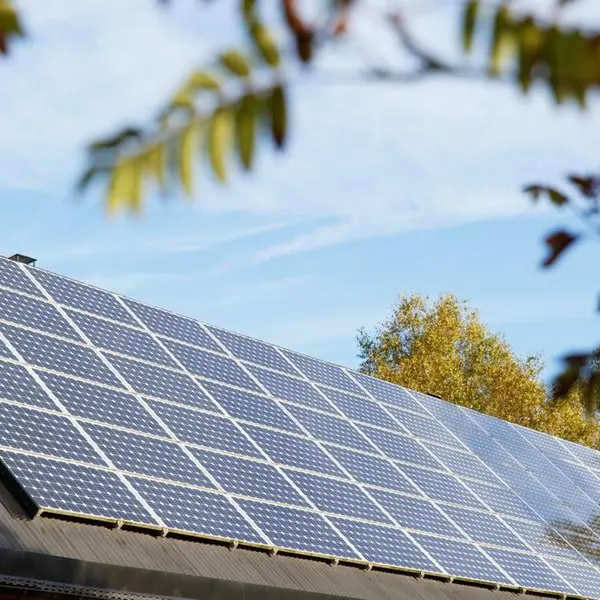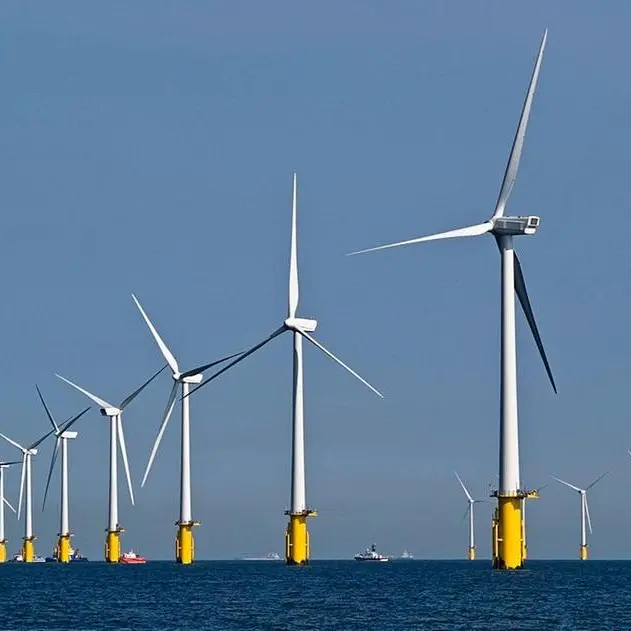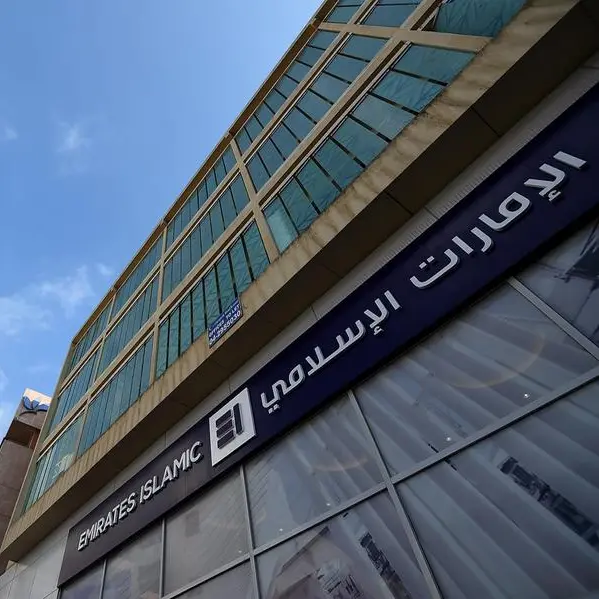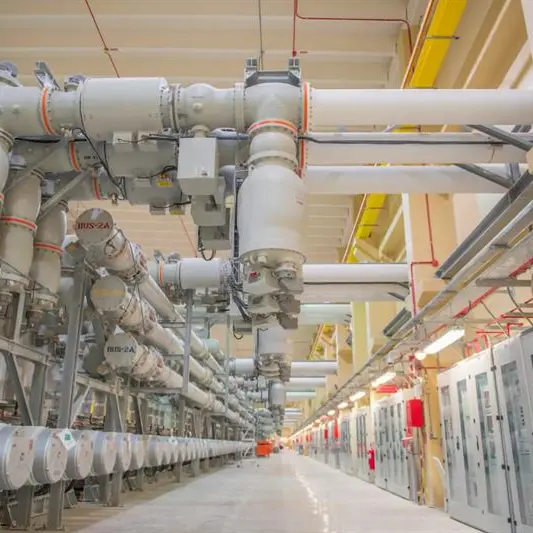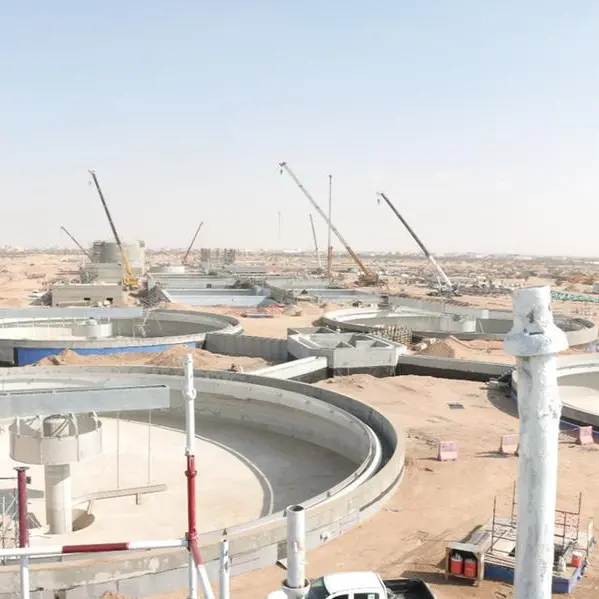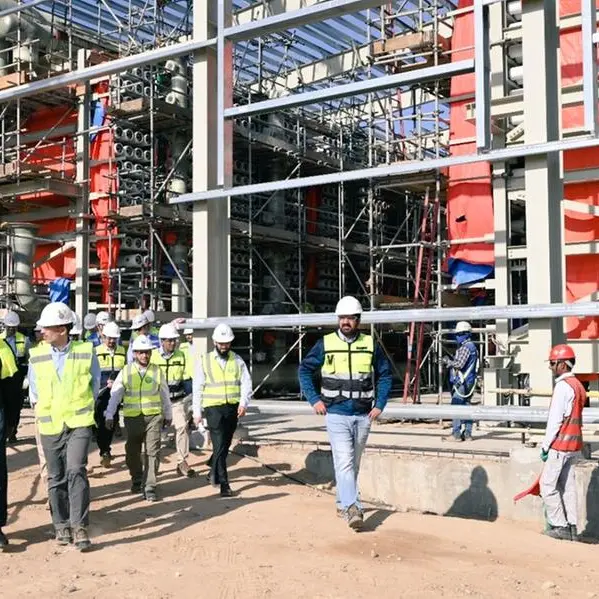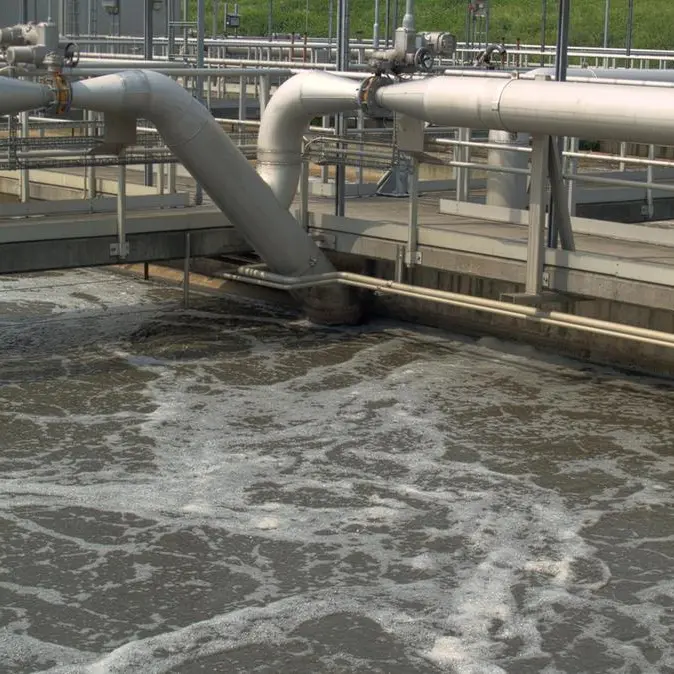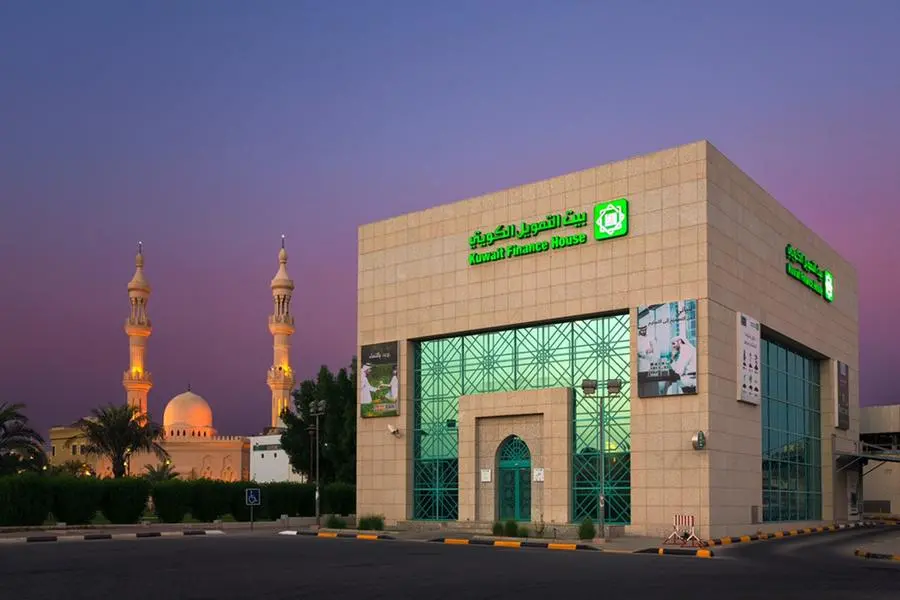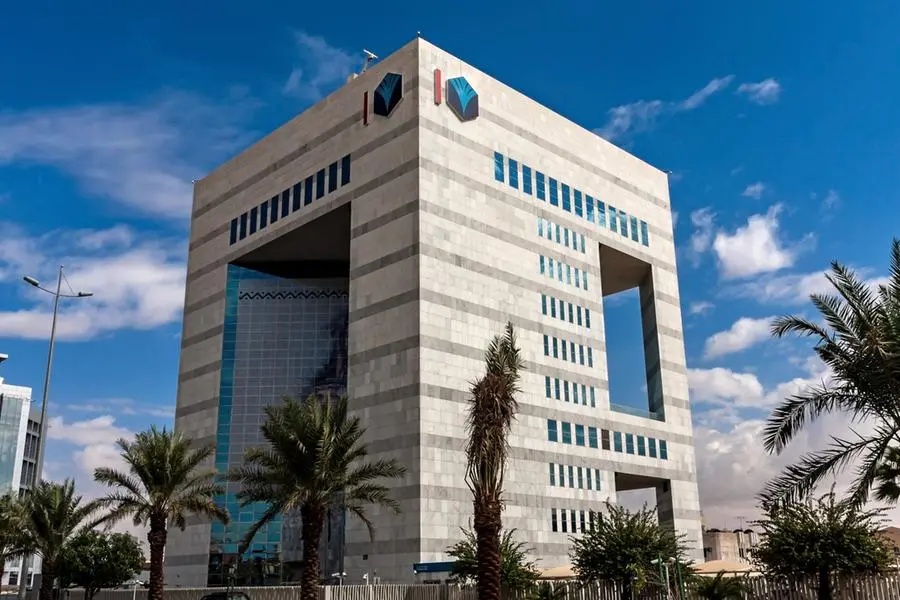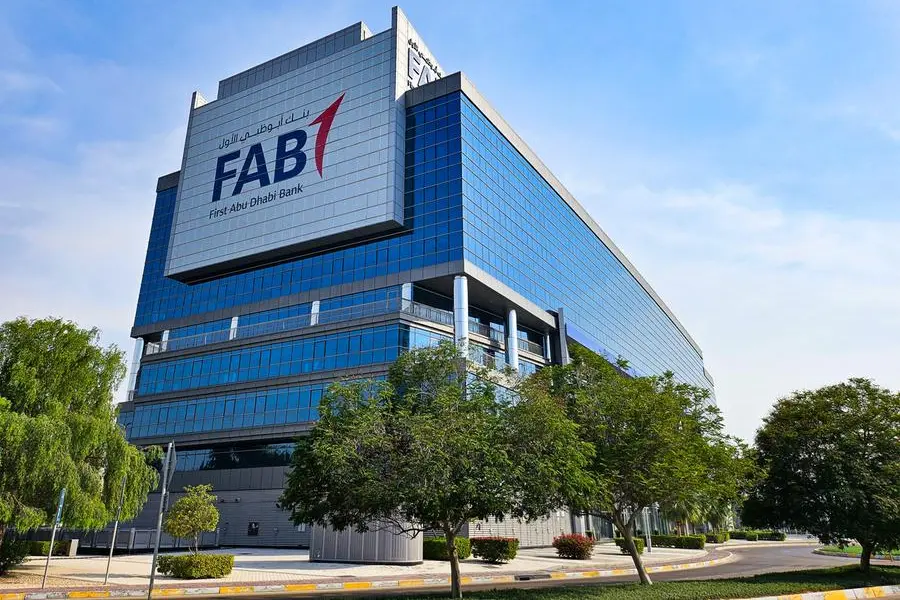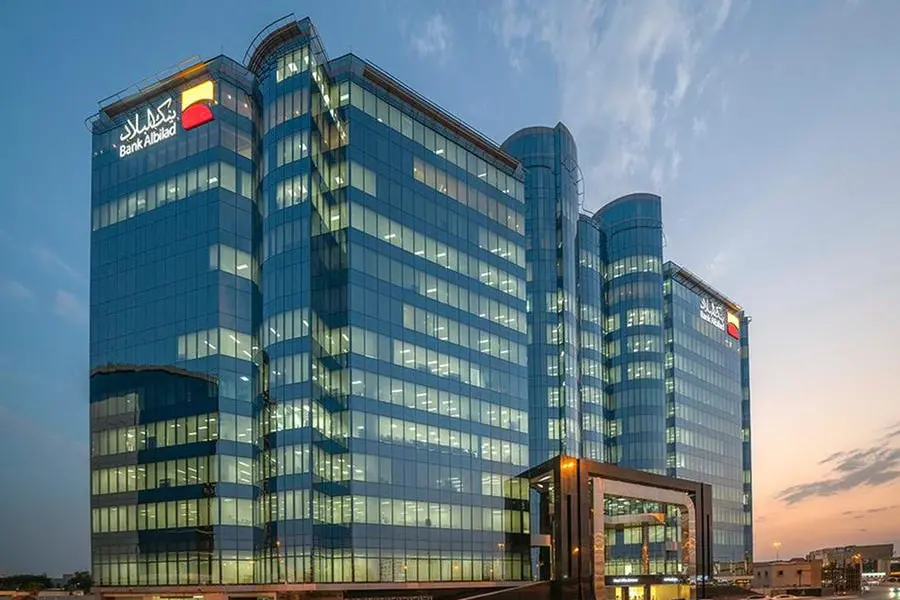PHOTO
Driven by new renewable energy installations primarily in Saudi and UAE, overall GCC demand for grid-connected energy storage solutions across the electricity value chain is expected to surpass 38 gigawatts (GW) by 2027, according to a Frost and Sullivan research note shared with Zawya Projects.
Installed renewable capacity is expected to increase from 5 GW in 2020 to over 130 GW by 2030 growing at 45 percent annually over the decade. Share of installed solar capacity will catapult from 1 percent to 24 percent displacing liquid fuel whose share will drop from 37 percent to 6 percent over the decade, the report noted.
Neeraj Sanjay Mense, Senior Consultant - Energy & Environment (E&E) told Zawya Projects that the investment required for storage “will depend on a number of factors like the technology selected, the level of distributed resources implemented and the capacity rating.”
“Energy storage will significantly support ancillary services required to maintain grid stability as additional renewable energy is fed into the grid. With more renewable energy integration and the grid becoming more dynamic (consumers also generating and feeding power into the grid), investments are required for grid modernisation and reliability”.
Energy storage would play a vital role in deferring upgrades that would be needed for the transmission and distribution networks, reducing the need for additional grid investments, the report noted.
Neeraj explained that the regional potential for savings in grid reinforcements would be in line with global forecasts with minor variances.
Among the different types of solutions, Battery Energy Storage Systems (BESS) is a strong segment, along with thermal energy storage (TES). Within BESS, lithium ion is the most widely used storage solution, followed by flow batteries and Sodium-Sulphur batteries, according to the note.
Neeraj elaborated: “In addition to lithium battery, hydrogen, and molten salt storage (for concentrating solar plants), there is a growing focus on flow batteries for storage in the telecom, distributed generation, and large-scale power generation segment. In addition, options like Compressed Air Energy Storage (CAES) are also being considered for their feasibility and financial viability in the region.”
On escalating costs of battery raw materials and where storage costs are headed in future, he said, “While challenges exist regarding the material and supply chain for the availability of raw materials, overall, we expect costs to decline. Battery OEMs are working towards addressing these challenges through material substitution and technology improvement. Optimising electrode thickness based on end use application, optimising the composition of anode/ cathode are some of the methods considered to maintain the cost competitiveness of lithium storage chemistries.”
The report laid out some key considerations for successful integration of energy storage in the regions’ electricity markets. They include treating energy storage as a distinct asset similar to generation, transmission and distribution assets; defining energy storage targets and implementation timelines across national vision and policy documents; adopting time-of-use tariffs and providing incentives for grid support or ancillary services; developing and defining incentives to attract private sector investment in renewable-plus storage projects.
(Reporting by Sowmya Sundar; Editing by Anoop Menon)
